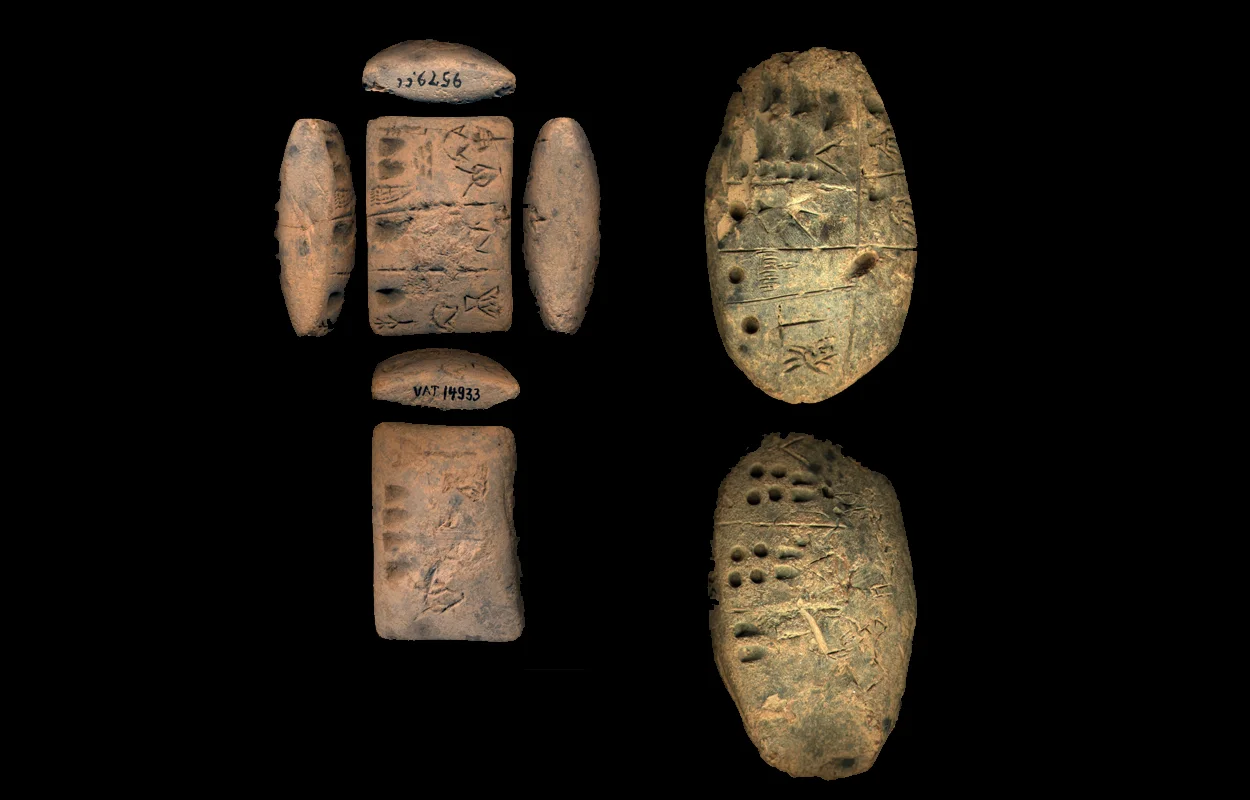Archaeologists have discovered links between cylinder seal symbols (4400-3400 BC) and early proto-cuneiform symbols (3350-3000 BC) from Uruk in southern Iraq.
Uruk, one of the earliest cities played a leading role in the urbanisation of Sumer from the mid-4th millennium BC. At its peak, the city was home to some 40,000 inhabitants and its influence spread from southwestern Iran to Southeastern Turkey.
Cylinder seals, which also originated from the area, were engraved and rolled over clay tablets to imprint their designs. They became part of a non-literate accounting system that tracked the trade in agricultural and textile goods.
According to a study published in the journal Antiquity, Proto-cuneiform, a system comprising hundreds of symbols, shares similarities with motifs found on the seals. To date, only half of the known proto-cuneiform symbols have been deciphered, which archaeologists have established were also used for record-keeping purposes.
However, unlike the cylinder seals which were widely used over a large area, proto-cuneiform was exclusively used in southern Iraq.
“The close relationship between ancient sealing and the invention of writing in southwest Asia has long been recognised, but the relationship between specific seal images and sign shapes has hardly been explored”, states co-author Professor Silvia Ferrara from the University of Bologna. “Did seal imagery contribute significantly to the invention of signs in the first writing in the region?”
Focusing on motifs that predate writing and continued into the proto-literate era, Drs. Kathryn Kelley and Mattia Cartolano identified symbols representing jars and cloth transport that evolved into proto-cuneiform symbols. Their work illustrates a direct link between pre-literate seal imagery and the development of writing.
These findings reveal that seals and proto-cuneiform tablets documented similar exchanges across cities, likely managed by temple institutions, marking an important progression in symbolic systems. This research not only reshapes our understanding of early writing but also aids in deciphering proto-cuneiform signs and enhancing knowledge of seal symbols.
Header Image Credit : Antiquity
Sources : Antiquity – https://doi.org/10.15184/aqy.2024.165







